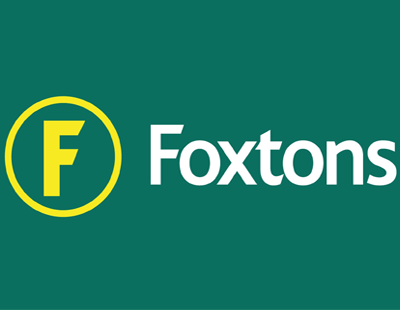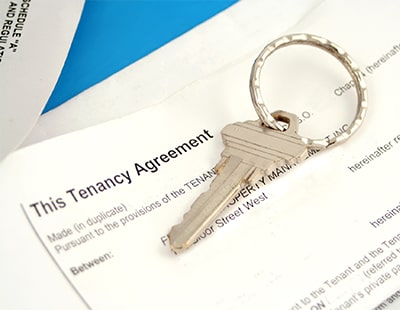
The average rent for a new letting has increased by £117 per month since last year, reaching £1,078 per calendar month - and accounting for 35 per cent of the average income of a single earner.
This figure, released this morning by Zoopla, is the highest level in over a decade and is exacerbated by the chronic demand and supply imbalance with the stock of homes for rent down 38 per cent in comparison to the five-year average and down four per cent in comparison to last November.
In stark comparison, rental enquiries per estate agency branch are 46 per cent above the fibe-year average with rental demand being further boosted by rising mortgage rates which is limiting access to homeownership for first-time buyers.
The gap in rental inflation between new lettings and all privately rented homes is also widening.
For the 75 per cent of renters that do not move each year, rental increases are much lower at 3.8 per cent in the year to October 2022 – slower than the growth in average earnings. This gap is why a growing number of renters are renewing their rental properties and staying put to avoid rent hikes if they move - however, this trend is compounding the supply problems in the sector.
Looking ahead to 2023, Zoopla says that if rental growth continues at the current rate of 12 per cent, the proportion of earnings needed to pay rent would be stretched even higher to 37 per cent. This is unlikely, however, with the growing unaffordability of renting likely to hit spending power with rental inflation slowing to just five per cent next year
The portal says that more investment in supply is the primary route to moderating rental growth and boosting quality and choice for renters.
What it calls a “structural supply problem” stems from economic and policy factors - the stock of homes for rent has not grown in size since 2016, holding steady at around 5.5m homes. This means more renters are having to consider a greater set of compromises when looking to secure a home.
Further proposed regulations and new rules on renting homes that are not at an energy efficiency rating of C or better from 2025 are good news for consumers, says Zoopla, but likely to result in more private landlords selling properties that are expensive and will require more investment.
However, headwinds in the sales market will also play a role, as some landlords looking to sell their properties may now reassess and continue to rent them to tenants in the near term.
Richard Donnell, executive director at Zoopla, comments: “Renters are paying the price for low levels of new investment in private rented housing over the last six years. A chronic lack of supply is behind the rapid growth in rents which are increasingly unaffordable for the nation’s renters, especially single-person households and those on low incomes. Many are also staying put to avoid the worst of rent increases.
“Renters are having to adopt a range of strategies to deal with rising rents. We have seen a rapid increase in demand for 1 and 2-bed flats while some renters are now considering sharing a property to cover the cost of rent. Others may now need to stay at home with parents or relatives for longer until they can afford to rent privately.
“Only a big increase in investment in the sector will ease the pressure on affordability and boost consumer choice. In the short term, we expect the growing unaffordability of renting to reduce rental increases in 2023 to five per cent.”















%20-%20IMAGE%20Client%20Accounting%20%E2%80%93%20what%20are%20your%20options.jpg)





Join the conversation
Jump to latest comment and add your reply
The decline of rental supply can be traced back to the anti landlord Section 24 tax regs & SDLT increases, confirmed in 2016 & implemented in 2017.
Govt policy.
Please login to comment